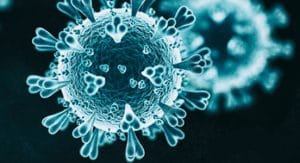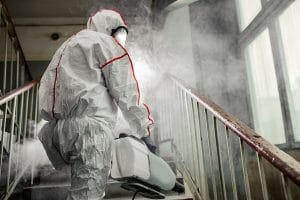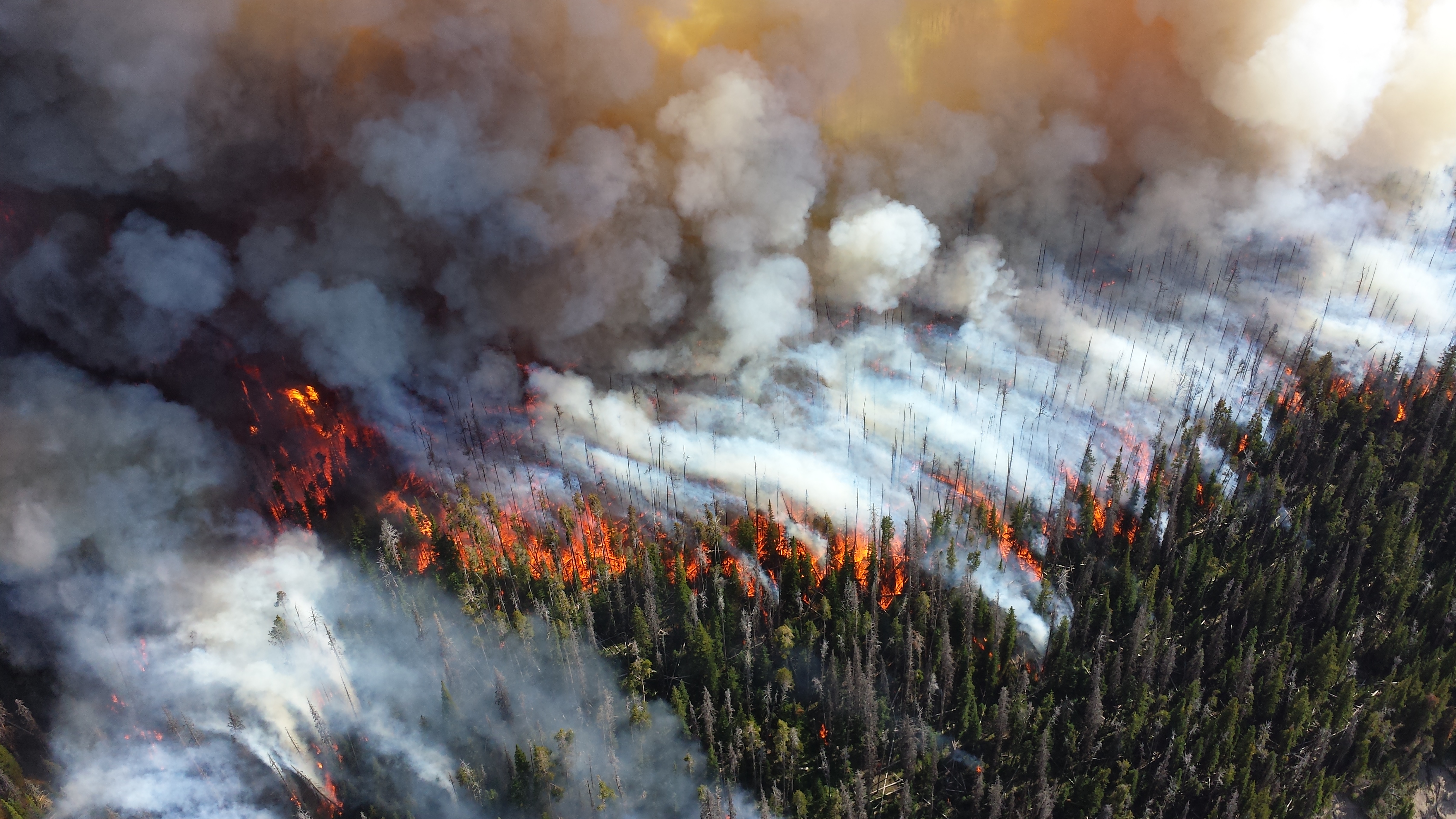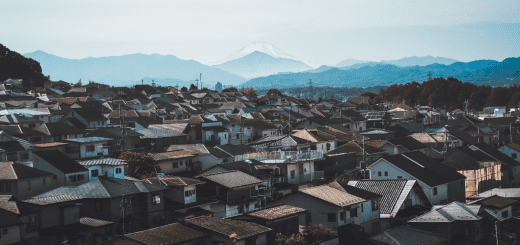How to Clean and Disinfect Your Facility to Protect from COVID-19
Despite the rampant outbreaks, the novel coronavirus (SARS-CoV-2) that causes Covid-19 is not yet fully understood. While SARS-CoV-2 is believed to spread from close person-to-person contact (i.e., within six feet), little has been documented about the transmission from surfaces contaminated with SARS-CoV-2.
Existing evidence points to the fact that SARS-CoV-2 remains on various surfaces for hours or days. It is important to note that only a portion of the virus remains on surfaces—less than 0.1% of the initial virus material, which makes infectionInfection is the invasion and multiplication of harmful micr... More less likely.
 In a study published in the New England Journal of Medicine, the virus was found to remain viable on plastics for up to 72 hours; 48 hours on stainless steel; and 24 hours on cardboard—materials found in commercial facilities. In the air, the virus can linger for three hours.
In a study published in the New England Journal of Medicine, the virus was found to remain viable on plastics for up to 72 hours; 48 hours on stainless steel; and 24 hours on cardboard—materials found in commercial facilities. In the air, the virus can linger for three hours.
The virus that causes Covid-19 is known to cause infectionInfection is the invasion and multiplication of harmful micr... More when respiratory droplets are inhaled, especially through coughs and sneezes from an infected person. Even though individuals are more likely to catch the virus from other people, cleaning and disinfecting a commercial property is critical.
Non-healthcare facilities should undergo regular cleaning and disinfecting to disable the virus. Examples of properties outside of the household that people tend to frequent include schools, businesses, universities, offices and community centers—generally, facilities that do not house people overnight.
What’s the difference between cleaning and disinfecting?
Cleaning and disinfecting a commercial space have different meanings, and both are important to understand. A simple cleaning will remove dirt and germs but will not kill the germs. However, cleaning will reduce the number of germs, thereby reducing the risk of infectionInfection is the invasion and multiplication of harmful micr... More.
Disinfecting does kill germs but fails to clean surfaces caked with dirt and grime. Disinfecting also does not remove germs. Chemicals, like EPA-registered disinfectants, are utilized during the disinfecting process. Disinfecting after cleaning is necessary to reduce the risk of spreading infections.
The cleaning and disinfecting processes are crucial in facilities where a person suspected or confirmed to have Covid-19 has visited. In a commercial property that does not house people overnight, it is important to first increase circulation by opening windows and running fans.
Cleaning crews should then wait 24 hours before beginning the cleaning and disinfection procedure. Once a full 24 hours has passed, ample attention should be given to surfaces that are touched most often. Shared equipment also should be a main focus during the cleaning and disinfecting.
Areas that require extensive cleaning and disinfecting include bathrooms, offices and commonly frequented places. Surfaces include light switches, phones and door handles. Examples of shared equipment that should undergo cleaning and disinfecting include tablets, touch screens, computer keyboards and remote controls.
What disinfectant products can be used?
The EPA has established criteria for products that may be used against SARS-CoV-2. EPA-registered disinfectants come with directions to ensure safe and effective usage. Allowing the product to remain wet on the surface for a certain period (contact time) is critical to disabling the virus.
Hydrogen peroxide, for instance, may be used in institutional settings; the solutionA solution is a homogeneous mixture of two or more substance... More is effective on hard, nonporous surfaces and must remain on the surface for 10 minutes. Similarly, sodium hypochlorite can be used on hard, nonporous surfaces and has a contact time of one minute.
Wipes and sprays containing at least 70 percent alcohol may be used to disinfect electronics, such as delicate touch screens. Prior to disinfecting, clean the electronics if dirt and other contaminations are visible. Cleaning crews should also take care to dry the surfaces to prevent pooling of liquids.
Should cleaning be done before disinfecting?
Whether the surfaces are hard and nonporous or soft and porousPorous describes a material that contains small openings or ... More, the first step is to clean with soap and water. A scrub with soap and water is effective because the action disables the virus’ oily surface coat, thereby making it impossible for the virus to infect a host cell.
Rugs, drapes and other soft, porousPorous describes a material that contains small openings or ... More materials commonly found in commercial properties should also be cleaned. Launder the items (in accordance with the manufacturer’s instructions) under the warmest water settings and dry completely. Alternately, the soft items may be disinfected with an EPA-registered disinfectantA disinfectant is a chemical substance used to kill or inact... More.
When running soft materials through a washing machine, be sure to clean and disinfect the carts used to transport the laundry. Also be aware that soft items that have been in contact with an ill person may safely be washed with other goods.
Is personal protective equipment (PPE) necessary?
Although cleaning crews are at a low risk for infectionInfection is the invasion and multiplication of harmful micr... More through cleaning procedures, they must follow strict protocols. Staff should wear disposable gloves and gowns (or work overalls) during cleaning. Upon completion of cleaning tasks, the PPE should be properly disposed of.
Cleaning crews must wash their hands often with soap and water, especially after removing gloves or coming into contact with an infected individual. When soap and water are unavailable, staff should use an alcohol-based sanitizer with at least 60 percent alcohol. When hands are visibly dirty, use soap and water.
RestorationMaster Disinfection Services
 Protect your staff from Covid-19. Schedule your commercial property for a safe cleaning and disinfection by the experienced professionals at RestorationMaster. With commercial cleaning crews trained in decontamination and disinfection, we will fully clean and disinfect your building within short notice.
Protect your staff from Covid-19. Schedule your commercial property for a safe cleaning and disinfection by the experienced professionals at RestorationMaster. With commercial cleaning crews trained in decontamination and disinfection, we will fully clean and disinfect your building within short notice.
RestorationMaster technicians have successfully cleaned and disinfected areas that have been subject to major viral outbreaks, including tuberculosis and MRSA. As a skilled disinfection company, we are positioned to also perform coronavirus cleaning and disinfection of your commercial property.
Our company utilizes cleaning and disinfectantA disinfectant is a chemical substance used to kill or inact... More products that are effective against SARS-CoV-2 and based on the EPAs Emerging Viral Pathogen Policy. RestorationMaster technicians stay safe on the job by donning appropriate personal protective equipment, including HEPA respirators, and abiding by CDC safety protocols.
Over the course of many years, RestorationMaster providers have efficiently cleaned and disinfected a variety of commercial spaces. We’ll immediately dispatch a trained cleaning crew for thorough coronavirus disinfection services.












